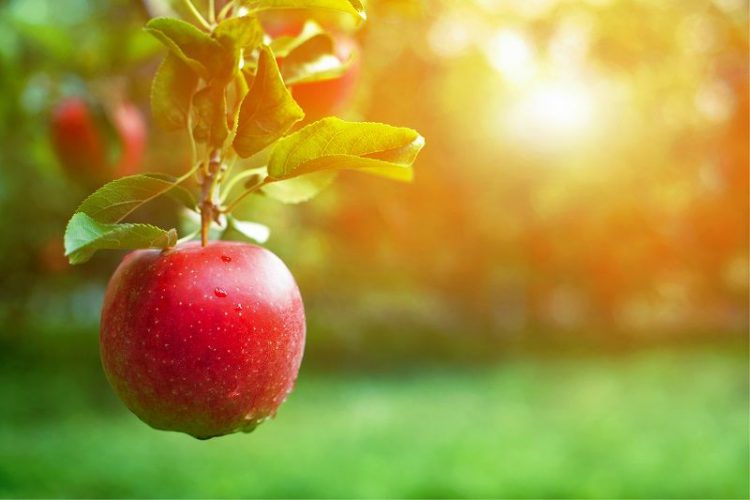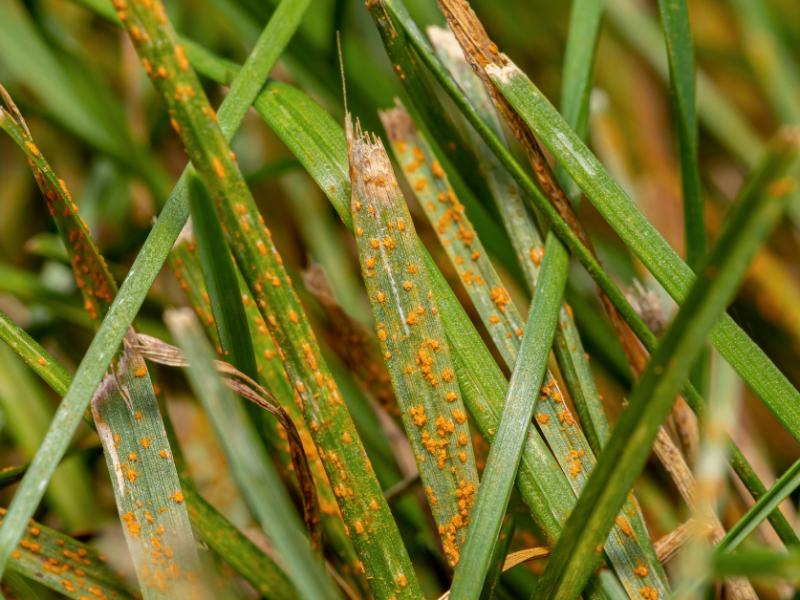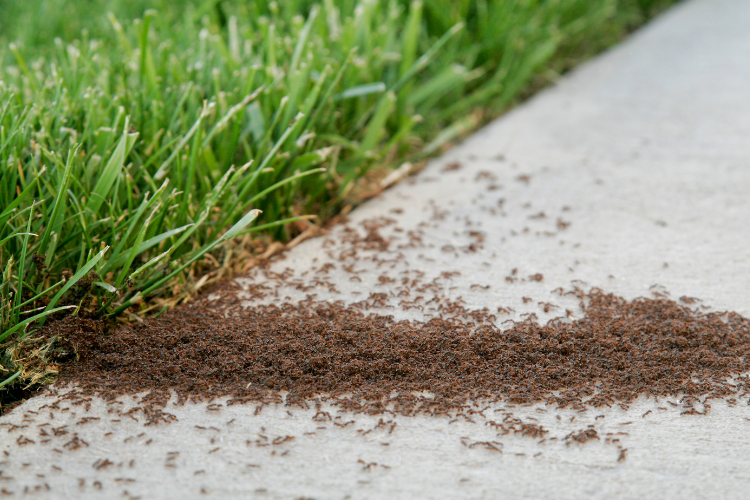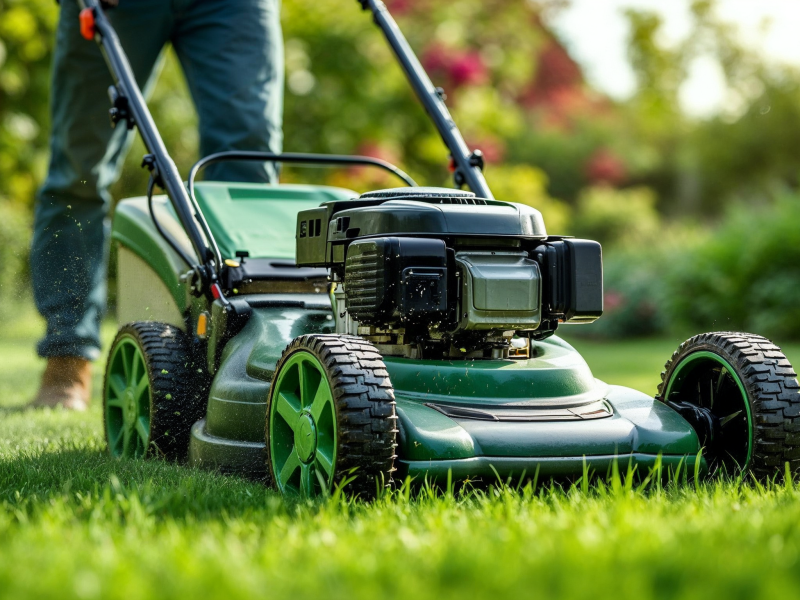Autumn is a big time of year for harvesting vegetables and fruits. There are few types that can be harvested in winter, so it’s great to be able to store your excess harvest now to enjoy it throughout the colder months.
Read more about storing your autumn harvest with Greensleeves, experts in lawn care. We offer an autumn and winter lawn treatment to keep your grass looking great.
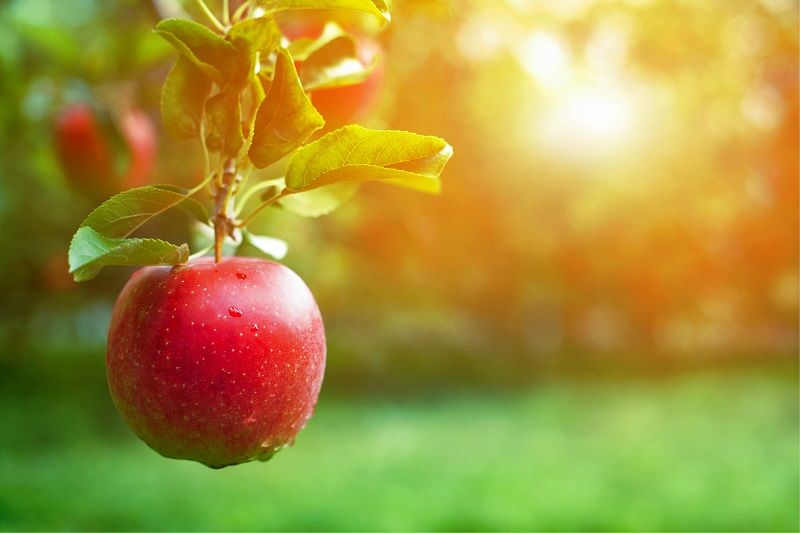
Storing Your Autumn Harvest
Different fruits and vegetables can be stored in different ways and it’s important to know the best method for each one to ensure they keep.
Potatoes
Main crop potatoes can be harvested in September and need storing in a dark and cool place. The best way to store potatoes is to invest in some hessian sacks. These are made from woven material, which means that the potatoes can ‘breathe’ in storage, helping to reduce the risk of rotting.
It’s important they’re stored somewhere dark. If they’re left in the light, they go green very quickly, which makes them inedible. Keeping them in hessian sacks at the back of a dry shed or garage is a good idea.
It’s also essential to keep them dry. Never put potatoes (or any veg!) into storage while it’s wet. When you dig them up, if they’re damp, leave them out to dry for a few hours before putting them away. However, do store them as soon as they dry out to prevent them from going green.
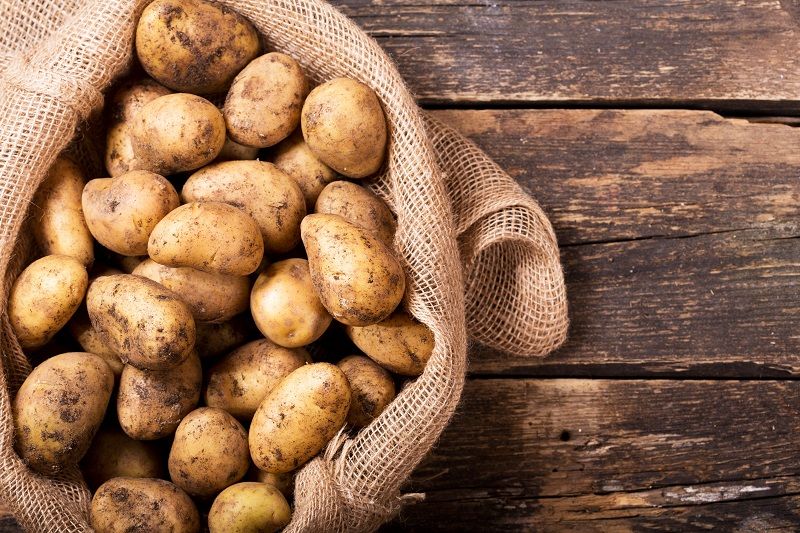
Beans
Green bean plants of all varieties, including runner beans, broad beans and peas, often produce a bountiful harvest. When you have too much, they can go into the freezer.
Peas can be shelled before being frozen. For the very best results, blanch all your green beans in boiling water for about two minutes, then immediately transfer to a pot of ice water for another two minutes. Dry them completely then freeze them.
Garlic and Onions
Onions are usually ready early September and need to be harvested on a dry day. Pull them out, but leave them to dry on top of the soil. If you’re struggling to find a dry enough period to do so, you can take them into the greenhouse to dry out instead, or lay them on newspaper in your conservatory. It’s essential that they’re completely dried out before storing them.
The same applies to garlic. It’s ready to harvest late August and early September and needs to be dried out before storing. It’s best to store garlic in a dry and warm spot.
You can try stringing up both garlic and onions to store them. To do this, make sure you harvest them with plenty of foliage on top which will dry out with the onions. You can then plait the foliage and knot it together into groups to hang.
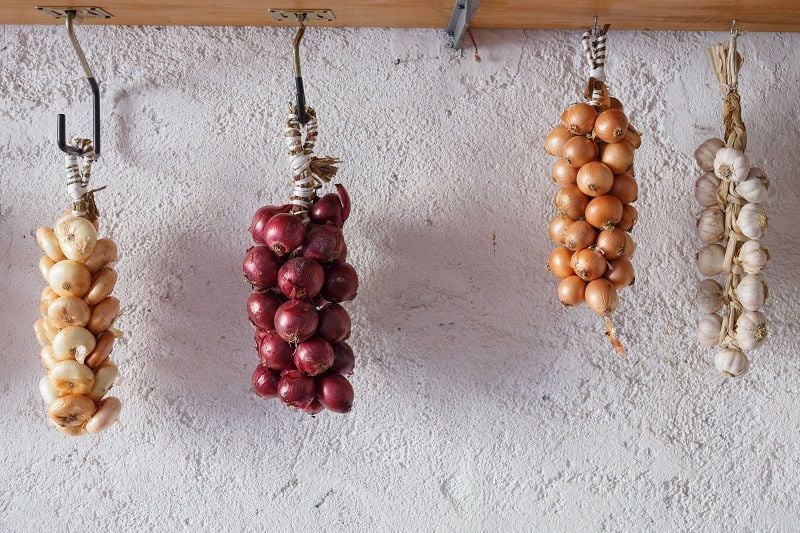
Apples
Apple trees will produce a huge harvest most years in autumn. It will depend on the variety of apple as to the exact time they produce fruit, but you can store apples in a huge number of ways to enjoy them throughout the winter.
Use damaged fruit as it falls as these can’t be stored, and select the best fruits for storage — those without big bruises or other signs of damage. The ideal way to then store them is somewhere dark and cold, like a garage. If possible, wrap each apple individually in newspaper to keep them separated from each other (or in the least in very small groups).
Then store them in trays, or boxes if you don’t have space for trays. Use the larger ones first as these will go softer quicker.
You can also store apples by making apple sauce or chutney. Put it into sterilised jars while warm and it will create a vacuum seal.
Apples can also be dried out. Cut them into rings, thread them onto strings and hang in a warm place. Or you can dry them out in the oven.
Tomatoes
Tomatoes can be harvested in August, September and sometimes into October. They keep for a week or so in the fridge, but if you have a big number you might not be able to get through them!
One of the best ways to store tomatoes is by canning them. Canning can be a difficult thing to learn how to do, but is extremely effective.
Alternatively, you can make them into chutneys and store in sterilised, air-tight jars. (If you pour the chutney into the jar while it’s warm, it’ll create a vacuum as it cools). Or you can make the tomatoes into soup, for example, which will freeze well. You can then enjoy a warming tomato soup on a cold winter day!
Tomatoes can struggle to ripen later in the year. Be sure to trim back leaves and make sure they’re in a sunny place. If they’re still struggling, you can move the plants into a greenhouse. Alternatively, cut the tomatoes, leaving them on the vine, and place them on a windowsill in a sunny spot, or in your conservatory.
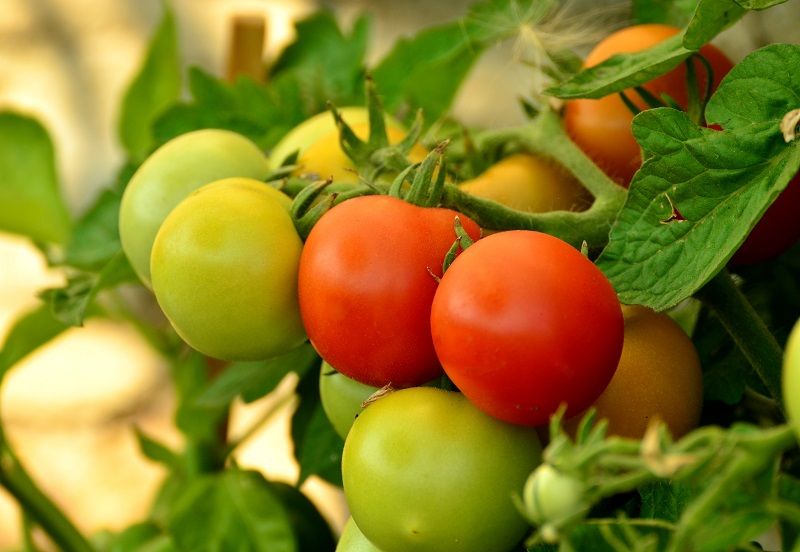
Herbs
You probably won’t need to store most of your herbs. Just move the plants inside as it begins to get colder and continue to enjoy a harvest.
However, if you have a lot of produce or can’t bring your plants inside, the leaves do freeze really well. Or you can dry them out by hanging them in a warm, dry place or laying them out on windowsills.
You can make mint tea by drying out mint leaves in a sunny, dry spot and storing them in a jar. Simply infuse with hot water for a fresh and revitalising drink.
Winter Squashes
A lot of squashes will last a few months if left in a cool and dark place, such as a cupboard. This includes butternut squash, for example, and other squashes of this kind of size. Allow the fruit to ripen for as long as possible on the plant as this will help them develop all the sugars from the leaves, but make sure they don’t experience any frost.
When you harvest them, cut away as much of the stalk as possible, as this will rot more easily. If possible, leave them in the sunlight outside to cure for about a week — but protect them from frost as this will prevent you from storing them. Or you can put them in a polytunnel or greenhouse to the same effect. Then store them in a cool, but not cold, place (ideally between 10 and 15 degrees C).
Courgettes can’t really be stored. It’s best to eat these straight away so be sure to harvest throughout the harvesting period so you don’t end up with lots of marrows! If you have too many, give them to friends and family.

